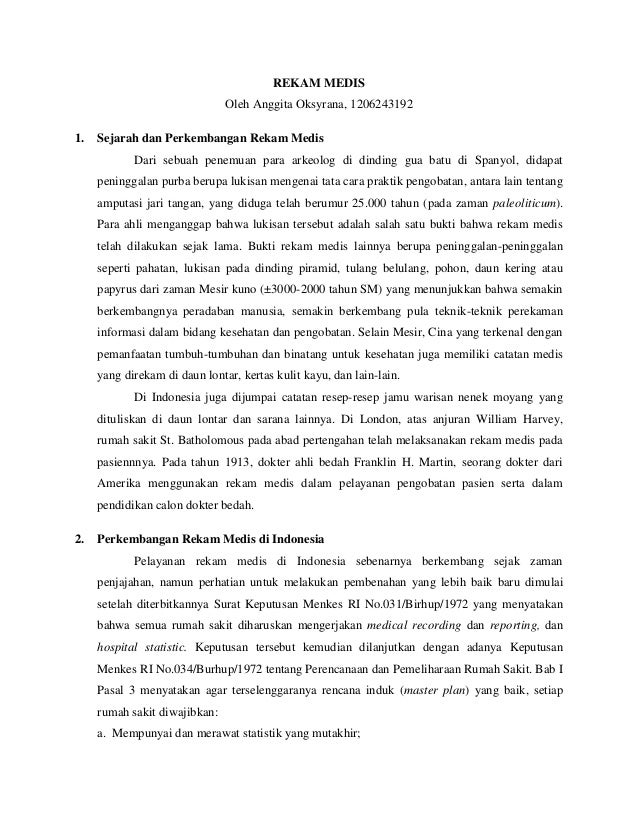

A more modern example is Oprah Winfrey, whose book club endorsements often send literature, including old classics like Leo Tolstoy’s Anna Karenina, skyrocketing to the top of The New York Times Best Sellers list.Īlong with encouraging a mass audience to see (or skip) certain movies, television shows, video games, books, or fashion trends, people use tastemaking to create demand for new products. Or if a guy is an architect that makes the Empire State Building.…This was the biggest (Leonard, 1997).” Sullivan was a classic example of an influential tastemaker of his time. Comedian Jackie Mason compared being on The Ed Sullivan Show to “an opera singer being at the Met. Sullivan hosted musical acts, comedians, actors, and dancers and had the reputation of being able to turn an act on the cusp of fame into full-fledged stars.
#Medis umn tv#
appearance of the Beatles-a television event that was at the time the most-watched TV program ever. Or take the example of Ed Sullivan’s variety show, which ran from 1948 to 1971, and is most famous for hosting the first U.S.

The New York Times’s restaurant reviews used to be able to make a restaurant successful or unsuccessful through granting (or withdrawing) its rating. When only a few publications or programs reach millions of people, their writers and editors are highly influential. Although they are similar in some ways to the widespread media gatekeepers discussed in Section 1.4.3 “Gatekeepers”, tastemakers differ in that they are most influential when the mass media is relatively small and concentrated. Historically, mass pop culture has been fostered by an active and tastemaking mass media that introduces and encourages the adoption of certain trends.


 0 kommentar(er)
0 kommentar(er)
